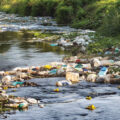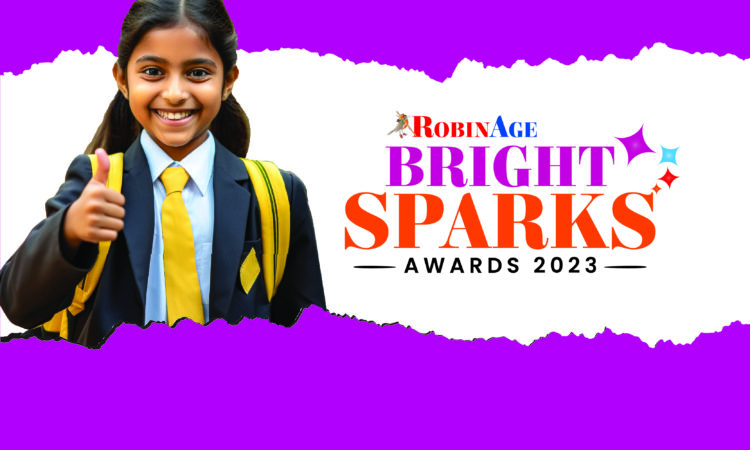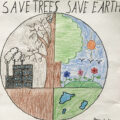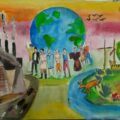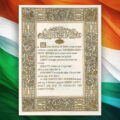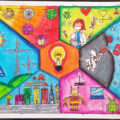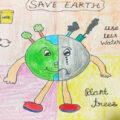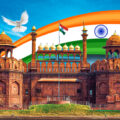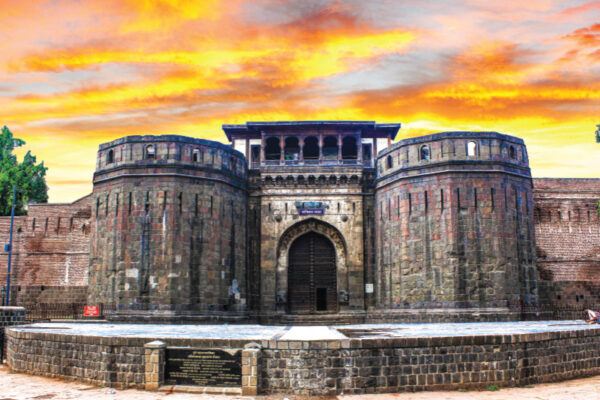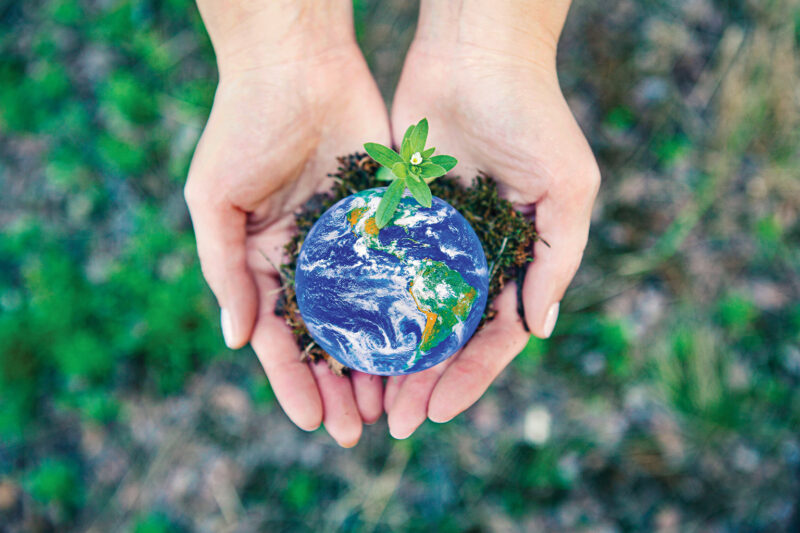
September 16, 2023
Kamana Gautam
Nutritionist, Hyderabad
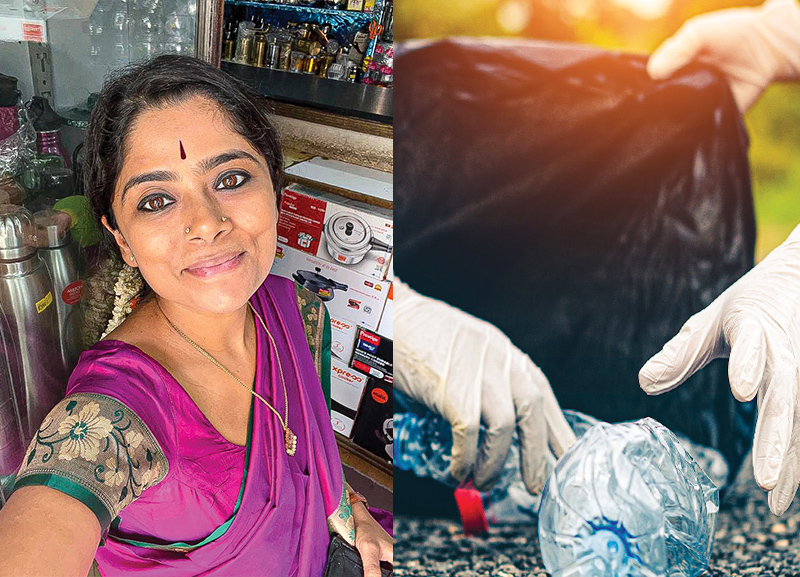
Why is it important to adopt a sustainable lifestyle?
Adopting an eco-friendly lifestyle, especially with children, is the need of the hour because it is important to save resources for future generations. In today’s world, it is tough to cultivate and nurture sustainable practices especially among children because of consumerism, which is visible everywhere around us. Changing one’s lifestyle and adopting sustainable practices at home are important so that children are involved in these practices from a young age.
How have you influenced others to live sustainably?
I have been volunteering in the field of waste management for the past five years and have done various door-to-door awareness programmes. This has helped people understand waste segregation better and now 80% of the residents in my neighbourhood segregate their waste. I feel that one should not embrace a sustainable lifestyle for other people but rather for oneself. I found that by bringing about a change in my household, many of our friends and family members gained inspiration and now they have also adopted sustainable practices like carrying their own water bottles and cloth bags.
What are some ways in which children can adopt an eco-friendly lifestyle?
- Children can spend more time with nature. This develops empathy among kids for the environment. To make kids understand the problems our planet is facing, it is important for them to be part of nature.
- Children shouldn’t be hesitant to use secondhand clothes and toys as they are just as wonderful as new ones.
- Children can conserve water by avoiding the shower and using a bucket to bathe. We also use reverse osmosis (RO) reject water to clean our house.
- Children can carry their own water bottles and cloth bags while shopping and encourage their parents to do so too.
- Children must learn about the types of waste and dispose of the right type of waste in the right bin.
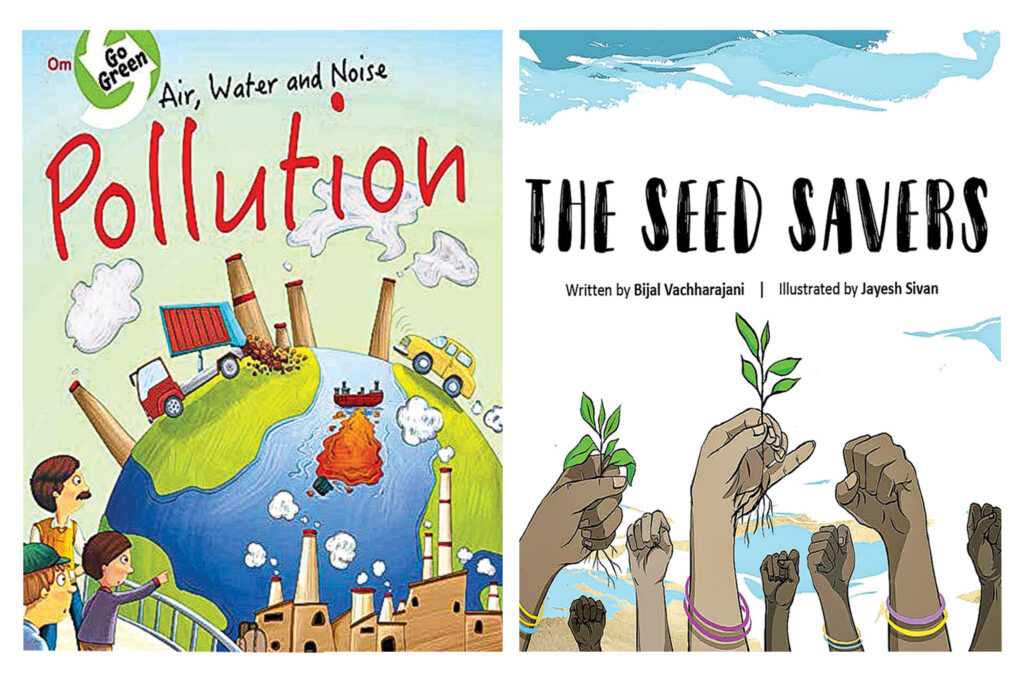
Books are a great way to teach children about sustainability. Here are some books Gautam recommends:
- ‘City of Stars’ by Ekta Ohri: This book covers a range of topics including how to celebrate a zero-waste Diwali, ideas for zero-waste birthday parties and the effects of air pollution.
- ‘The Seed Savers’ by Bijal Vachharajani: This book is about seed farmers in distress who come together to start a seed bank and save indigenous seeds. Through this book, we learn about the power of a seed, because without a seed there cannot be life.
- ‘Air, Water and Noise Pollution’ by Dandona Sarika: The author of this book describes problems of air, water, land and noise pollution using easy language so children can connect with the topics easily. Other books children can read are ‘Kungfu Aunty Versus Garbage Monsters’, ‘Kids Fight Climate Change’ and ‘The Mystery of the Plastic Rings’.
Other books children can read are ‘Kungfu Aunty Versus Garbage Monsters’, ‘Kids Fight Climate Change’ and ‘The Mystery of the Plastic Rings’.
Mrudula Joshi
Founder of Ullisu, Bengaluru
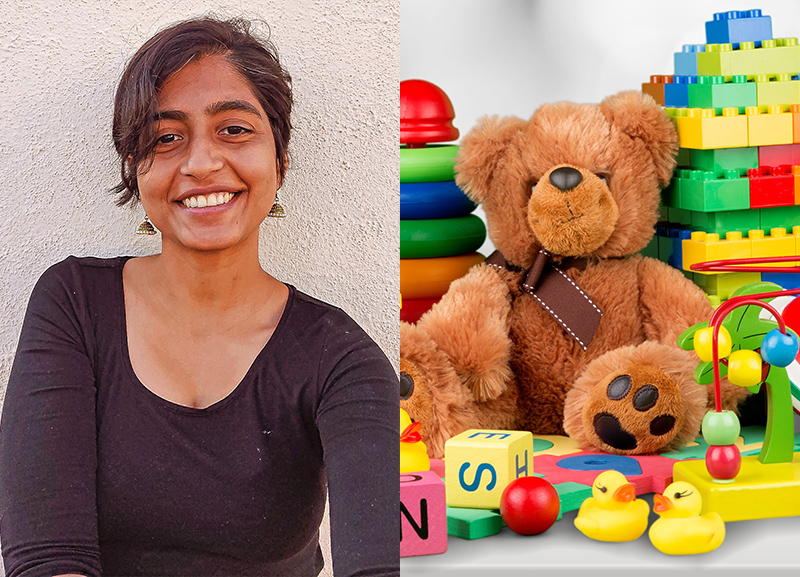
What is Ullisu and what encouraged you to start it?
Ullisu is an online platform that provides eco-friendly products and information about stores where customers can find such products. I realised that there was very little information available on how to live a low-waste lifestyle though people were interested in it. I decided to start Ullisu so that people had access to the information and resources that they need to live sustainably. Ullisu has a ‘package-free map’, which provides customers with information on stores that sell products package-free. So, customers carry their own bags to such stores.
Why do you feel children need to adopt an eco-friendly lifestyle?
- Children should be aware of the impact of our actions on the environment and engage in activities to protect the environment so that these activities are normal to them and they don’t seem like an effort when they are older.
- Children can make compost with the help of their parents. Composting is calming and fun.
- Whenever children buy products or are playing with something, the question they need to ask is, ‘What happens to this product after I am done using it?’ Knowing more about the products they use will make them aware of the impact they have on the environment.
- If children want to set up a system like a low waste system in their neighbourhood, they can take help from their parents. They can also reach out to organisations or influencers like myself and we would be happy to help. I help an organisation called Wasted 360 Solutions, which SEPTEMBER 16-30, 2023 VOL 16, NO 11 provides recycling and waste management services. Every society can avail of these services and we also provide children and adults with training on waste management.
- Children shouldn’t be afraid to say ‘no’ to practices that are bad for the environment. For example, they can refuse plastic bags when they go shopping.
- Children can swap toys and books with friends. They can organise a swapping mela in their neigbourhood where they can exchange items that are in good condition.
You can learn more about Ullisu on Instagram @ullisu.official
Saniya Malhotra
Ecology Architect and Sustainability Enthusiast, Ahmedabad
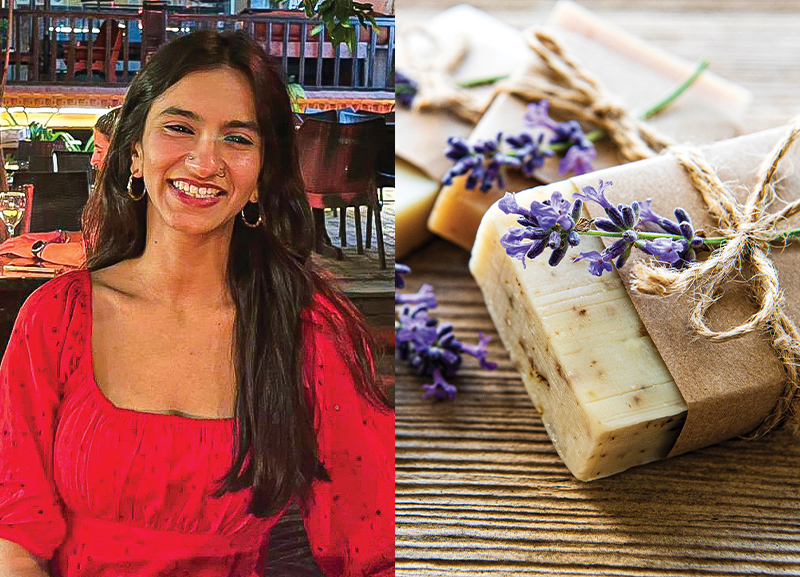
How did your sustainability journey start?
I am an ecology architect and began conducting research on upcycling materials as part of my job. Through upcycling, waste items are converted into new or artistic products. I realised that I could avoid around 60% of the waste I generated. I began using paper to make paper clay and multi-layered plastic to make eco-bricks. I also started an Instagram page @didyousaykabaad to share my ideas.
What are your future plans in the field of sustainability?
I am planning to build a food forest and a sustainable community around it. I believe that small change is still change. So, I make small efforts every day to protect the planet.
What are some ways in which children can contribute to protecting the environment?
- Children can opt to use soaps that are packaged in paper rather than body washes packed in plastic bottles.
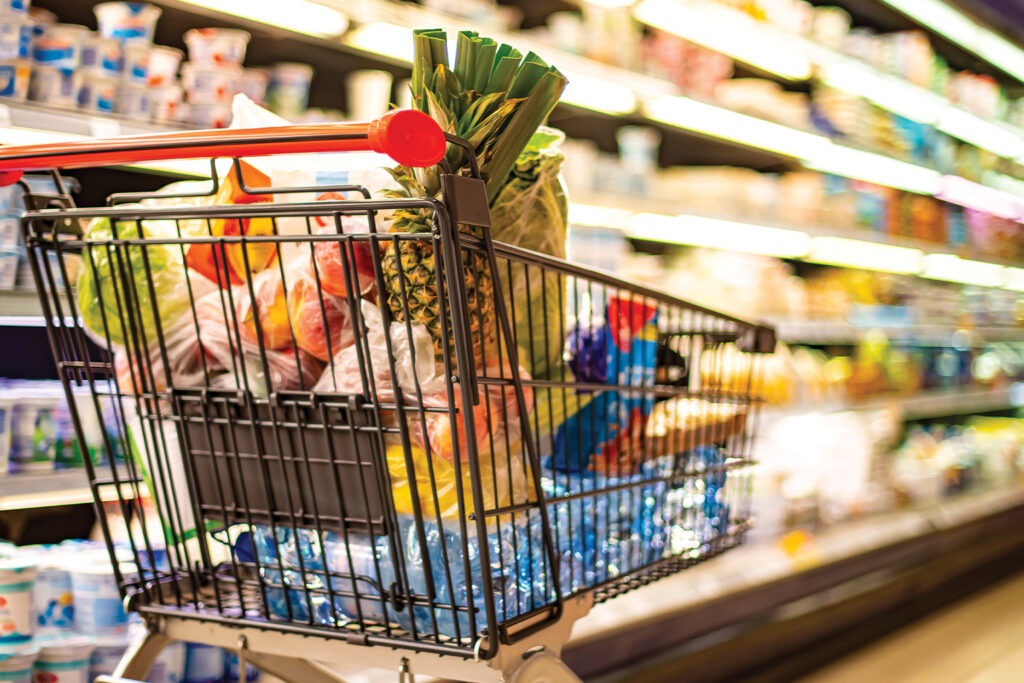
- Children can accompany their parents while they go grocery shopping. They can identify what’s being bought, what plastic is coming in and how it can be avoided. It is not possible to avoid all plastic but each time a purchase is made, one can ask oneself if one can do better. For example, buying a big cold drink bottle is better than buying many small bottles.
- Children can make eco-bricks. Multi-layered plastic (MLP), which includes chocolate wrappers and chip and biscuit packets, cannot be recycled. This plastic can be filled in plastic bottles that are usually thrown away. One has to keep stuffing the bottle till it becomes as hard as a brick. There are many organisations in India where you can donate your eco-bricks.
- Only what is needed should be bought.
- Waste cardboard and paper should be given to scrap collectors. There are applications that can help with the collection of scrap.
ACTIVITY: Best Out of Waste
List 5 products that can be created by upcycling waste material.





